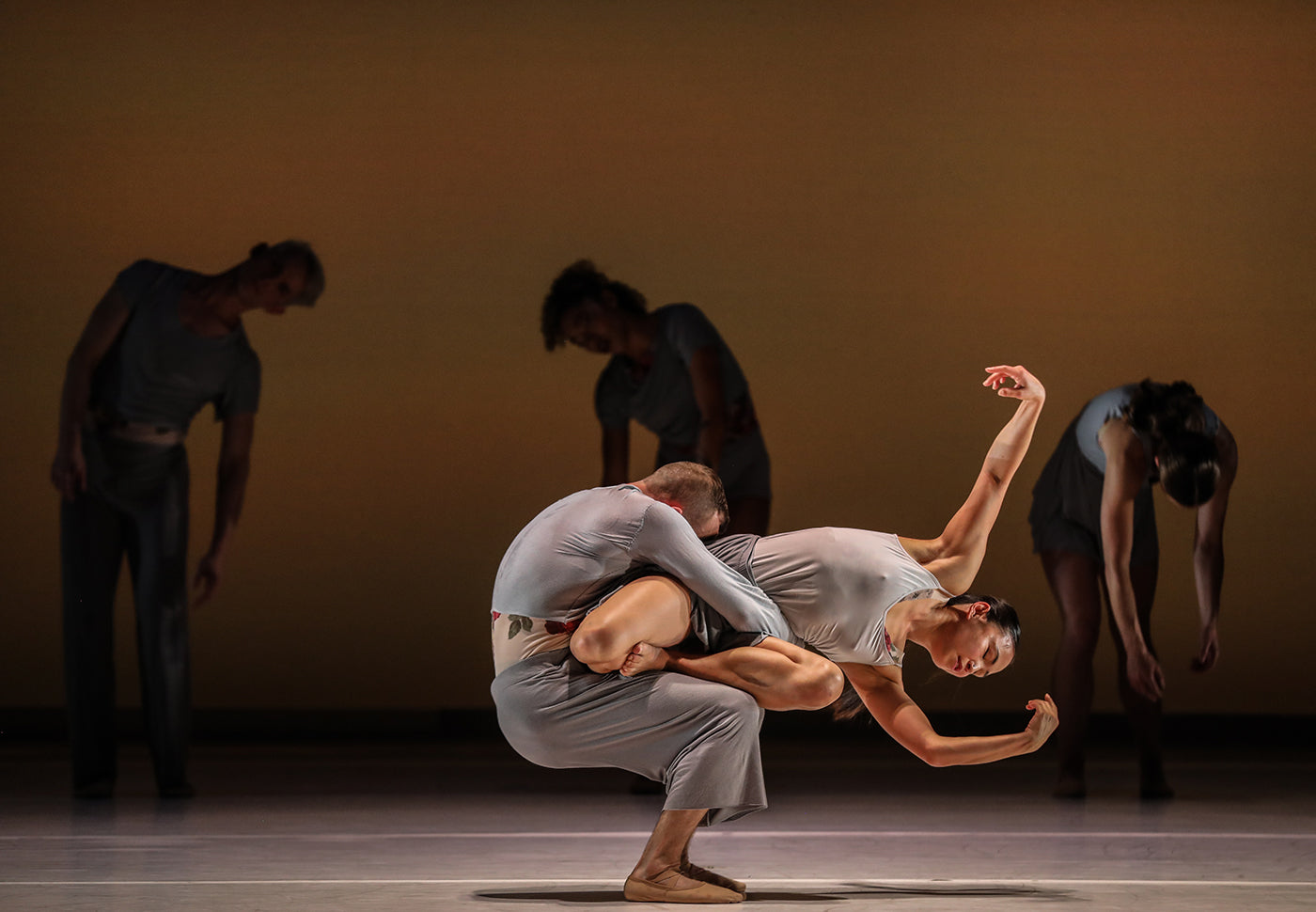SB’s reworking of Tennessee Williams’ celebrated “A Streetcar Named Desire”—created in 2012 and remounted this month as part of a spring tour around the UK and US—is one of its more ambitious undertakings. The 1947 play is revered not only for its charged plot but the poetic dialogue used to convey it, and communicating this discourse through movement alone requires a new language altogether—a challenge the company has deftly risen to. Like Williams’ words themselves, this production is stirring and erotic, dramatic without feeling caricatured. There’s tragedy at every turn, the personal turmoil of the ill-fated Blanche DuBois rubbing up against the broader social frictions plaguing the postwar American South.
A play-by-play reiteration of Williams’ text this is not. With the help of theatre director Nancy Meckler, choreographer Annabelle Lopez Ochoa has re-jigged the narrative into a linear one, scrapping the in medias res opening and starting instead with a précis of the events preceding Blanche’s arrival at her sister Stella’s house in New Orleans.
The exposition is practical and has the distinct upside of sparing us the tedious divertissements typically used to flesh out simpler stories; every piece of choreography serves to advance the narrative, an action-driven approach that’s unquestionably engaging. That said, it does compromise the pacing in the early scenes. In all of 15 minutes our protagonist is engaged, married, betrayed and widowed, and the next 15 are spent fast-forwarding us through a montage of family deaths and conciliatory liaisons, Blanch drowning her sorrows with bottle after bottle and stranger after stranger. There’s a lot of toing and froing, the music constantly swerving to greet new developments. Fortunately, the cast is alert enough to deal with this steady stream of about-faces, and it’s not too long before we’re caught up to Williams’ original lead-in and the story relaxes into the slower, slinkier stride we know it to possess.
I can’t praise the three leads’ developed characterisations highly enough. Eve Mutso makes a marvellous Blanche, her expressive eyes and silky gait painting a nuanced portrait of the disturbed heroine, whose elegance and impeccable composure belie her crumbling sanity. The role requires a great deal of versatility, which Mutso delivers with aplomb, easing her long limbs into glossy extensions one minute and whacking them into splits the next. Sophie Martin’s feisty yet vulnerable Stella is likewise pitch-perfect, as is Erik Cavallari’s buff, brutish Stanley. Together the trio artfully captures the anguish of domestic discord, elevating it beyond the soap opera theatrics classical ballet so often reduces it to.
It helps that they have some divine choreography to work with. Ochoa mirrors Williams’ steamy dialogue with a sultry vocabulary of her own, dotting the piece with suggestive hip rolls and flirty flicks of the feet. Blanche, in a nod to the old-school, upper-class pretensions she so steadfastly clings to, flutters around in pointe shoes, every inch the willowy ballerina (until her debilitating nervous breakdown, that is); Stella, meanwhile, indulges in flexed feet and square knees, her grounded comportment gesturing towards modernity and a distinct rejection of classical tradition. Nowhere is Blanche’s incongruity with seamy New Orleans more explicit than when she’s shown sitting primly at the bowling alley, ankles crossed and toes firmly en pointe, while Stella and her friends boogie in soft shoes, slapping high fives and jiving like rockabillies at a sock hop.
Such ensemble scenes are a pleasure to watch, but the real heat in this production seethes in its duets. There’s Blanche’s wedding waltz with her late husband Alan, which is as soft and sprightly as their next pairing – in which she catches him in a tryst with another man—is tense and tormented. Elsewhere Stella and Stanley pound out a fiery, nervy romp in the bedroom, the latter’s rough and domineering demeanour eerily presaging his brutal rape of Blanch in the next act. The moments following this savage scene—where in Stella helps her anguished sister dress and hands her over to a psych warden—are as dark as the deed itself.
Rife with ghostly imagery, “Streetcar’s” second half cannily echoes Blanche’s famous lament: “I don’t want realism. I want magic!” As her composure falters and her lucidity deteriorates, she retreats into her own fantasy world, broken postures and twitchy limbs creeping into her choreography. Various apparitions appear—bloodied Alan, flower-sellers from holidays past, spectres of the protagonist herself—and the ballet culminates with Blanche reaching towards a flickering light as these hallucinations close in around her, Ella Fitzgerald’s sugary “It’s Only a Paper Moon” tinkling in the background. The haunting scene summons all the sorrow of Williams’ text without saying a word. Magic indeed.









comments